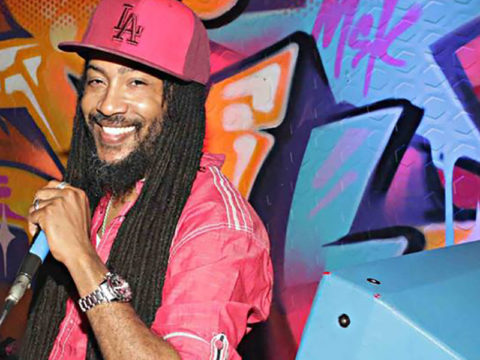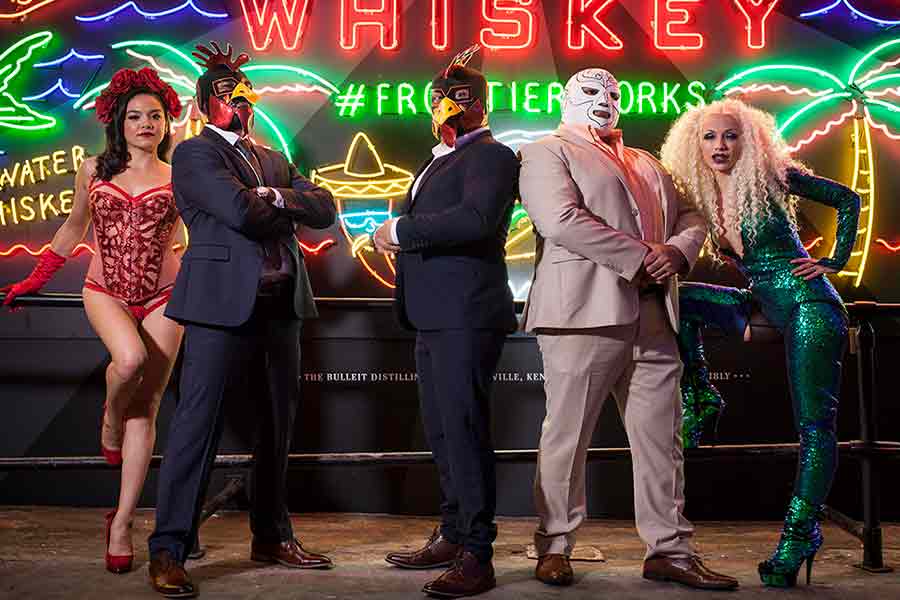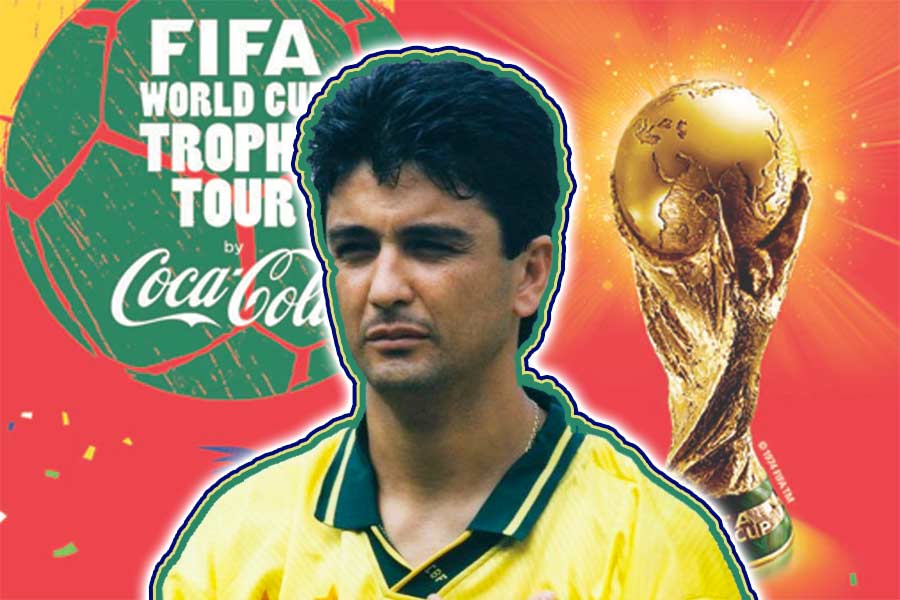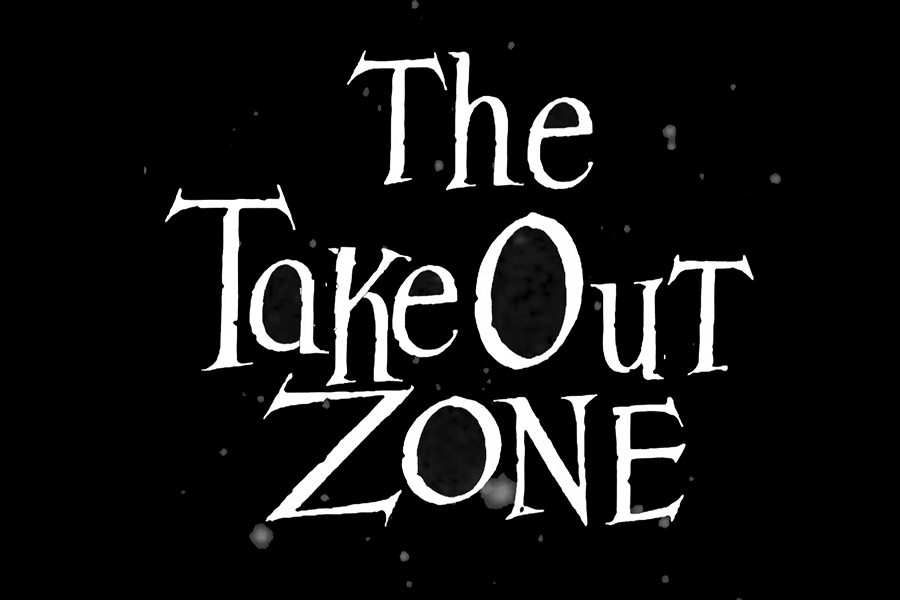
The State Theatre Building on South Broadway served many a function over the many decades it has stood. Never before has it been a musical instrument.
William Close changed all that on January 28, in a series of performances. Starting at 5pm and then every hour on the hour after that, until the final performance starting at 10pm, the State Theatre Building became an integral part of the largest musical instrument in this world.
Welcome back to Broadway
From 4 p.m. to 11 p.m. people of all ages were invited to relish in hours of entertainment including music, games, activities for kids and adults, art installations, acrobats, fashion designers, food trucks, and several performances on 10 different stages. The free event allowed the public to step inside the six historic theaters on Broadway for special performances and installations, including special performances by William Close.
He calls it an Earth Harp.
Imagine if you will a series of very long strings. Very long. Once installed, they will stretch from the Festival Area on 7th street all the way to the top floor of the twelve-story State Theatre Building. Held taught, the strings await William Close. He must don gloves coated with violin resin in order to play the instrument—which involves running his hands along those strings. It sounds not unlike a cello, but writ huge. The city street itself, plus the building erected way back in the 1920s, will form part of the instrument, giving a depth and power to the music which truly cannot really be appreciated via sound alone. More than any acoustic performance by any guitarist or violinist imaginable, the Earth Harp can only be experienced rather than simply heard.
Which has always been the whole point.
William Close founded and serves as Artistic Director for the MASS Ensemble. MASS stands for Music Architecture Sound and Sculpture. It exists to push artistic boundaries, blending music and architecture into performances unlike any other that exist today. Perhaps never before. Having studied both sound design and sculpture at the renowned Art Institute of Chicago, Close ended up inventing over 100 new musical instruments (so far). Eventually his installations/performances graced some of the most famous performance venues on the planet. They include Lincoln Center in New York City, the Kennedy Center in Washington DC, the Coliseum in Rome itself, as well as the Grand Theater in Hong Kong and Macau.
Now, he does his work in downtown Los Angeles, with his most famous creation.
The Earth Harp first saw installation and performance in 1999 (just in time for a new millennium), when the strings to be played stretched across a thousand foot valley, turning the Earth itself into part of the instrument! The precise details of each installation change with the details of the venue. Sometimes he installs it into a more or less regular theatre, turning making the stage and house and entire interior into part of the instrument! Other times, such as when the Earth Harp was played with Seattle’s Space Needle, the installation turns an open space into part of the Harp. Having done this so many times, Close has about 15 different configurations from which to choose now!
Back in the 1920s, when the State Theatre deserved the name “brand new” it stood at the cutting edge for entertainment in the city. Street cars intersected nearby. MGM owned the building and used it to premier one major motion picture after another. As times changed, and Hollywood becomes more associated with major film events, the State saw renovation and eventual specialization as a Spanish Language cinema (since Los Angeles’ population was, is and most likely will remain profoundly multi-ethnic as well as bilingual). In the early 2000s the building became a church.
However, for over five glorious hours on January 28 in the 2017th year of the common era, it became part of the largest musical instrument currently in the world. No recording of this event can possibly do it justice. However, since this extraordinary concert will take place on the street, it cannot be anything but free. A unique experience with few parallels one can find.











